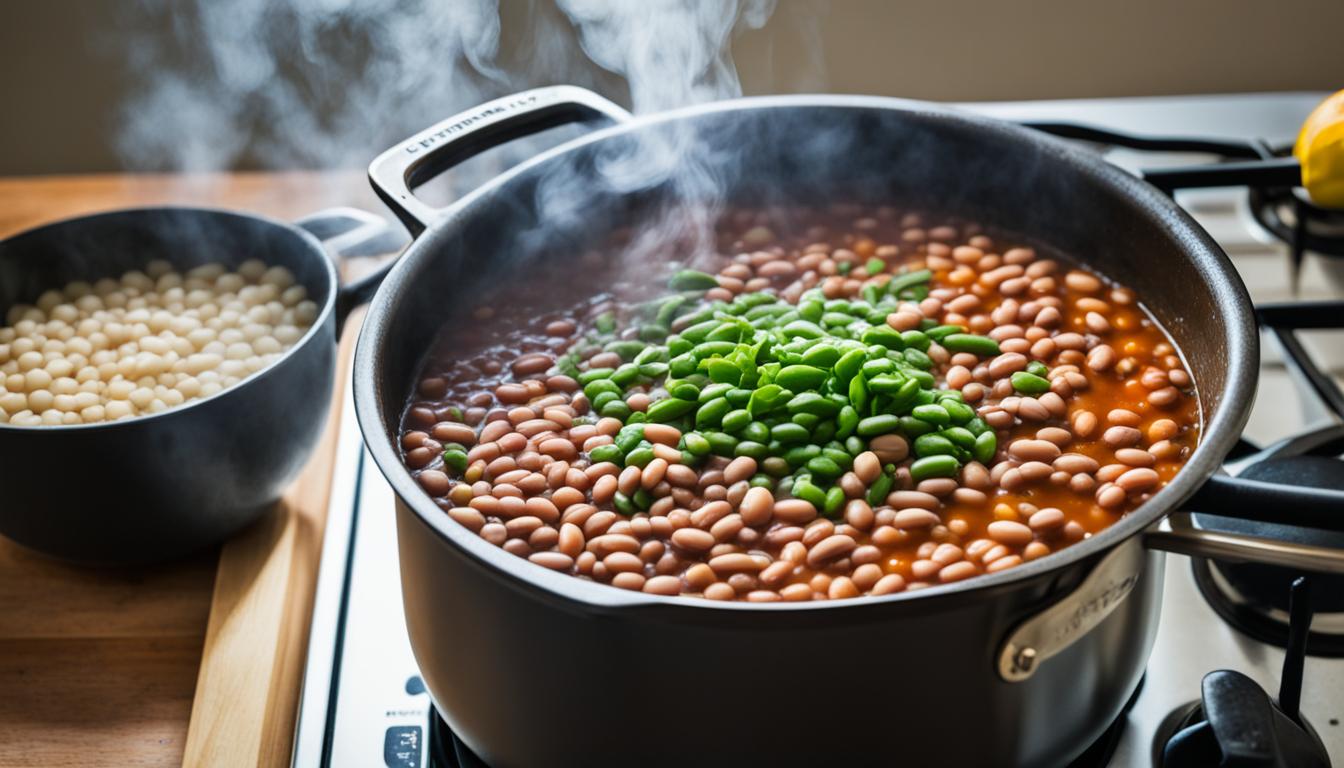Dried beans are a pantry staple that can be nutritious and delicious if cooked properly. But are you making the most out of this versatile ingredient? Whether you’re a seasoned bean cook or just starting out, our ultimate guide will equip you with the knowledge you need to cook dried beans to perfection.
From how to store and prep dried beans to the best soaking and cooking techniques, we’ve got you covered. Say goodbye to hard, undercooked beans or mushy, overcooked ones. With our expert tips and tricks, you’ll soon be able to serve up a hearty bowl of beans that will have everyone asking for seconds.
Join us as we unravel the secrets to perfectly cooked dried beans. Let’s dive in!
Storing and Prepping Dried Beans
Before cooking dried beans, it’s important to store them properly to maintain their quality. Storing dried beans in a cool, dry place is key to preserving their flavor and texture. To achieve this, use airtight bags or containers that will protect the beans from moisture and pests.
When storing dried beans, choose a location that is away from direct sunlight and heat sources, which can cause the beans to spoil or lose their nutritional value. A pantry or cupboard is an ideal spot for long-term storage.
If you buy dried beans in bulk, it’s a good idea to sort dried beans before storing them. Remove any debris, damaged beans, or foreign objects that may have made their way into the bag. This simple step will ensure that you have high-quality beans ready for cooking.
Remember that dried beans have a relatively long shelf life. When stored properly, they can last up to six months. However, be sure to check the beans for any signs of spoilage before using them, such as mold, off smells, or insect infestation.
Soaking and Cooking Dried Beans
Soaking dried beans before cooking is a crucial step that can enhance their taste and texture. It also helps to reduce the cooking time and make them easier to digest. There are two common methods for soaking dried beans: regular soak and quick soak.
The regular soak method involves covering the beans with plenty of water and letting them soak overnight or for at least 6-8 hours. This slow soaking process allows the beans to rehydrate gradually, resulting in more even cooking. Before cooking, discard the soaking water and rinse the beans thoroughly.
If you’re short on time, the quick soak method can be a convenient option. Start by rinsing the beans under cold water. Then, place them in a pot and cover them with water. Bring the water to a boil and let the beans boil for 2-3 minutes. After that, remove the pot from heat, cover it, and let the beans sit in the hot water for about an hour. Drain and rinse the beans before cooking.
When it comes to cooking techniques for dried beans, there are various options. You can cook them on the stovetop, in a slow cooker, or even in an Instant Pot. The cooking time for dried beans can vary depending on the type and size of beans. On average, it takes about 1-2 hours to cook soaked dried beans. It’s important to note that older beans may require longer cooking times.
